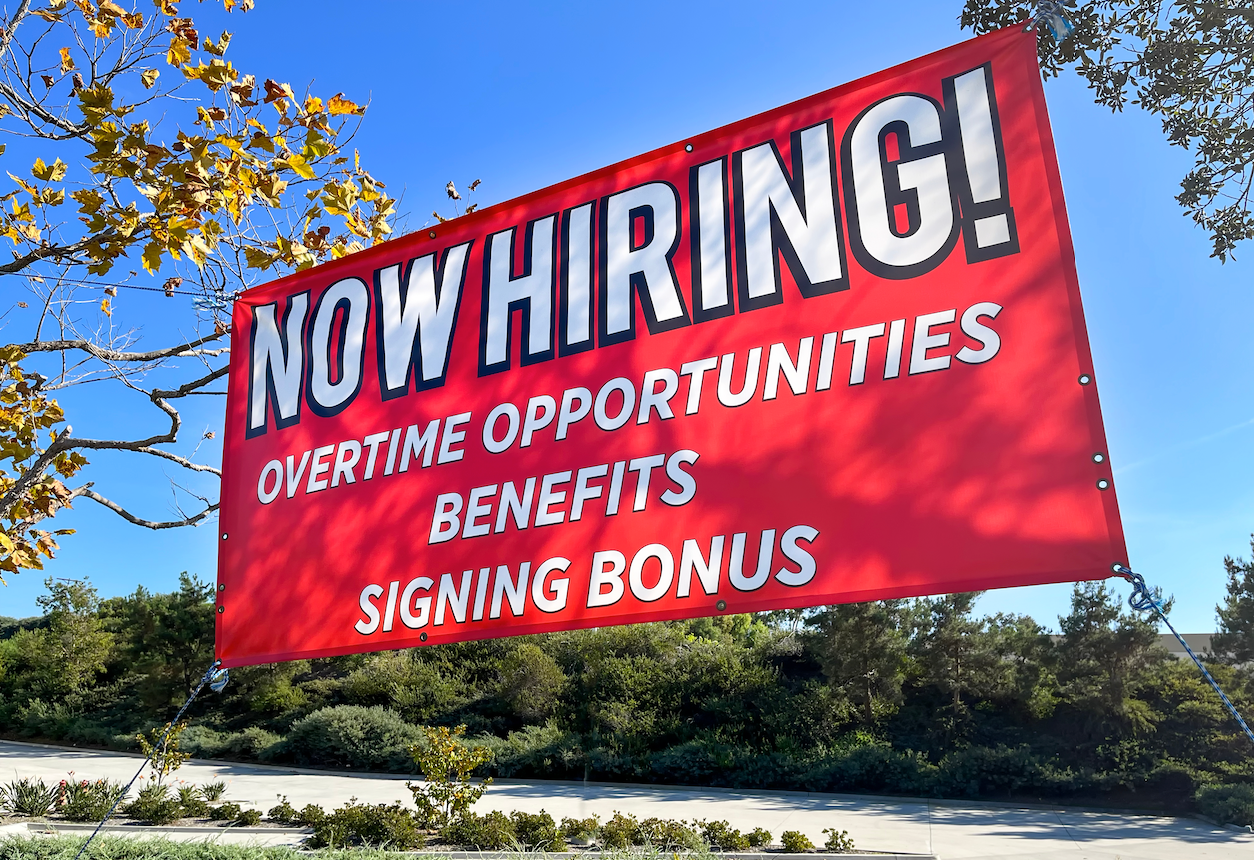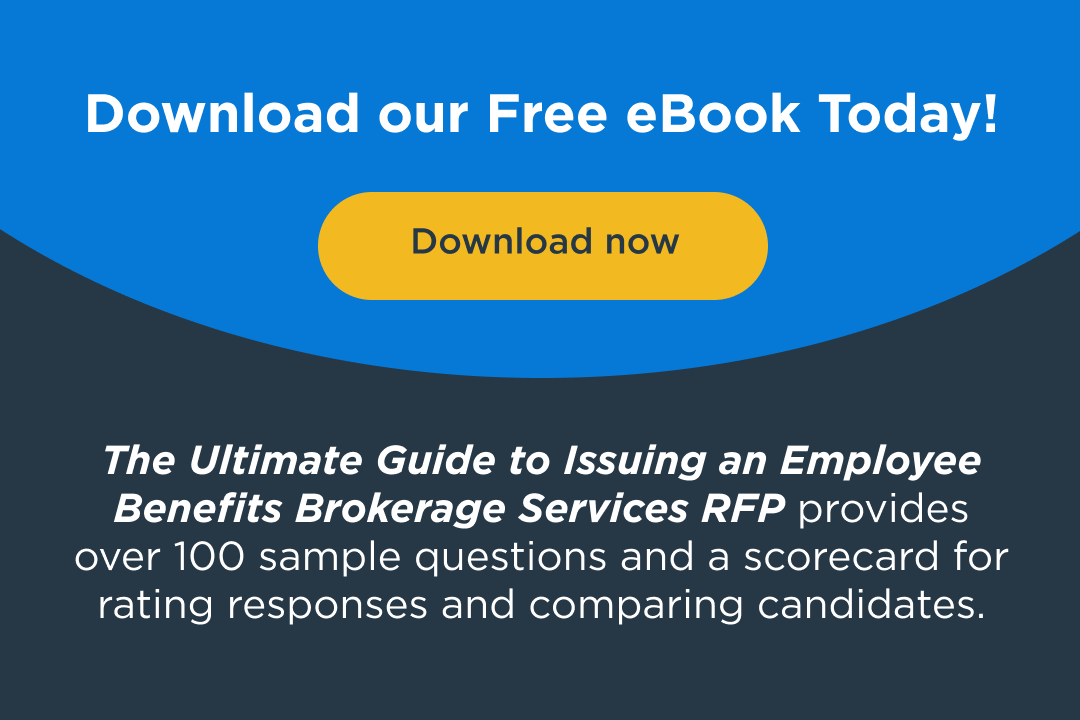The Upcoming Demographic Drought: A Wake-Up Call for Employers
February 3, 2025

As we look ahead to the next decade, businesses are facing a critical challenge that could reshape the workforce as we know it—the impending demographic drought. This phenomenon, driven by a combination of aging populations, declining birth rates, and shifts in work preferences, will have profound implications for companies trying to attract and retain top talent. As if that wasn’t enough, the lingering effects of the Great Resignation have added urgency to the need for employers to rethink their approach to workforce management and employee benefits.
Understanding the Demographic Drought
The term “demographic drought” refers to a future shortage of workers caused by the imbalance between the aging population and the number of younger individuals entering the workforce. In many developed nations, birth rates have been falling steadily for decades, and people are living longer. This creates a situation where fewer people are available to fill the growing number of job openings.
According to Lightcast, the gap between job openings and available workers is widening dramatically. Currently, there are approximately 2.5 open jobs for every person actively seeking employment. This statistic highlights the growing difficulty businesses face in filling positions across multiple sectors. As more workers retire and fewer younger people enter the workforce, the demand for talent is only expected to increase, putting companies at risk of facing severe labor shortages in the near future.
For example, in the United States, the baby boomer generation is retiring at an accelerating pace, and by 2030, all of them will be over the age of 65. Meanwhile, younger generations (Millennials and Gen Z) are not entering the workforce in sufficient numbers to replace them, particularly in key industries that are already experiencing skill shortages, such as healthcare, technology, and manufacturing.
As a result, businesses will face a tightening labor market, with fierce competition for talent. In this environment, companies will need to adapt to attract and retain employees, particularly in the face of rising demand for workers across all sectors.
The Great Resignation: A Wake-Up Call for Employers
The Great Resignation, which began in 2021, was a clear sign that the traditional employer-employee relationship was undergoing a transformation. Millions of workers across the globe voluntarily left their jobs, fueled by a combination of factors including burnout, dissatisfaction with work-life balance, and a desire for more meaningful and flexible work arrangements.
While some may have seen this as a temporary blip in the workforce trends, the reality is that it marks a deeper shift in how people view their careers. Workers today are not only seeking higher pay but also better benefits, more flexibility, and an overall improved work experience. In fact a recent Metlife study found that, 80% of employees report that they would leave their current job for one that offers better benefits, even if the pay is similar. This trend highlights how employee benefits are now a primary driver of retention—often even more important than salary.
The Great Resignation demonstrated that companies can no longer take employee retention for granted. With the demographic drought looming, this is a crucial time for businesses to rethink their employee value proposition. In order to attract and retain top talent, employers must be proactive in offering benefits that go beyond the basics.
Rethinking Employee Benefits
The need for a competitive benefits package has never been more important. To stand out in an increasingly tight labor market, businesses must offer comprehensive benefits that appeal to a wide range of employees, from Gen Z to Baby Boomers. Here are five compensation and employee benefits trends employees must embrace as they head into 2025;
- Flexible Work Arrangements: One of the most significant changes to emerge from the pandemic and the Great Resignation is the widespread desire for remote work and flexible schedules. As workers prioritize work-life balance more than ever, businesses that offer flexible work arrangements are better positioned to attract and retain talent. Whether through hybrid models or fully remote work, offering flexibility is now a must-have, not a nice-to-have.
- Mental Health Support: Mental health has become a central issue for workers in recent years, and companies that prioritize mental wellness are more likely to create an engaged, loyal workforce. This can include access to counseling, stress management resources, and mental health days. In fact, organizations with robust mental health benefits report higher productivity and lower turnover.
- Family-Friendly Benefits: As more employees juggle work and family responsibilities, offering family-friendly benefits has become essential. This can range from paid family leave to child care assistance and eldercare support. Companies that provide these benefits demonstrate an understanding of the diverse needs of their workforce and can attract workers from a variety of demographics.
- Financial Well-Being: In an uncertain economic climate, workers are increasingly concerned about their financial future. To address this, employers should consider offering financial wellness programs that assist employees with budgeting, saving for retirement, and managing student loans. Additionally, providing competitive pay and robust retirement plans remains a key factor in retaining employees.
- Career Development Opportunities: Workers want to know that they have opportunities to grow within their organizations. Offering professional development programs, mentorship, and pathways to promotion can help businesses retain top talent while also filling future skill gaps. Investing in employee development not only boosts morale but also ensures that your workforce has the skills needed to succeed in a rapidly changing economy.
The Bottom Line
The demographic drought is a looming issue that employers must prepare for now. With fewer young people entering the workforce and older generations retiring, businesses are going to have to compete for talent like never before. The Great Resignation has already shown that workers are no longer content with the status quo—they want more from their employers, and they are willing to leave if their needs aren’t met.
According to Lightcast, with 2.5 open jobs for every person actively seeking employment, employers will need to step up their game to fill positions and sustain business growth. Furthermore, with 80% of employees willing to leave for better benefits, companies cannot afford to ignore the importance of a competitive benefits package. By offering flexible work arrangements, prioritizing mental health, providing family-friendly benefits, ensuring financial well-being, and investing in career development, companies can not only weather the demographic drought but also thrive in it. The future of work demands that businesses evolve to meet the needs of a changing workforce, and those that do will be best positioned to attract and retain the talent necessary to succeed in the years ahead.
In a time of unprecedented workforce disruption, it’s not just about attracting talent—it’s about keeping it.
How We Can Help
Let’s work together to ensure your business and employees thrive in 2025 and beyond. Contact us today to learn more about how we can support your organization in developing a successful and sustainable benefits strategy.


